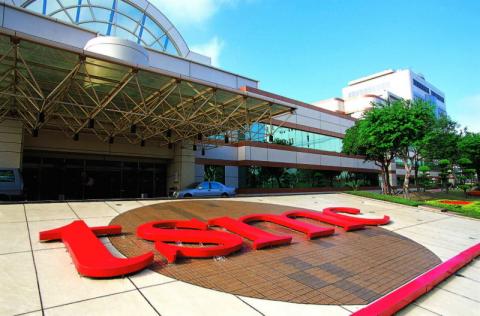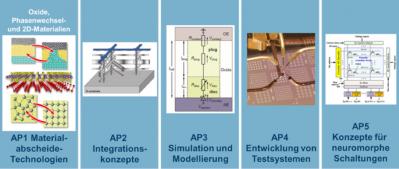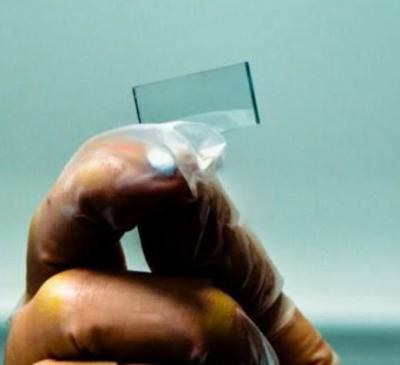Nuvoton launches an energy-efficient microcontroller that features 512Kb RRAM
Nuvoton Technology launched the M2L31, a new energy-efficient microcontroller, that features up to 512Kb of high-performance low-power non-volatile RRAM.
The M2L31 is based on an Arm Cortex-M23 core (up to 72Mhz), and is designed to meet the growing demand for sustainable high-performance embedded computing power. Nuvoton explains that a main contributor to the high efficiency of the new chip is its choice of memory, an on-chip RRAM instead of flash memory that draws less power and can be written to without an erase cycle beforehand.





